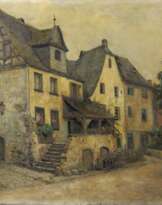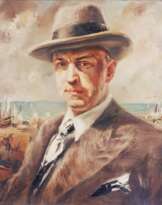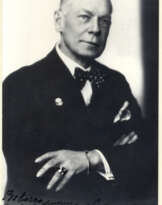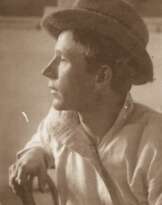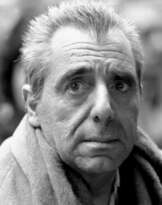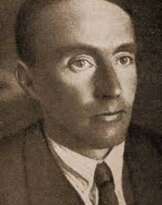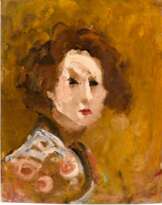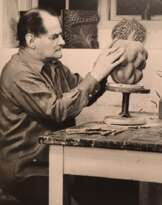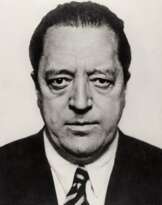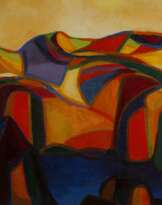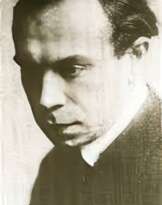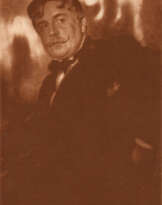Gustav Gustavovich Klutsis (1895 - 1938)
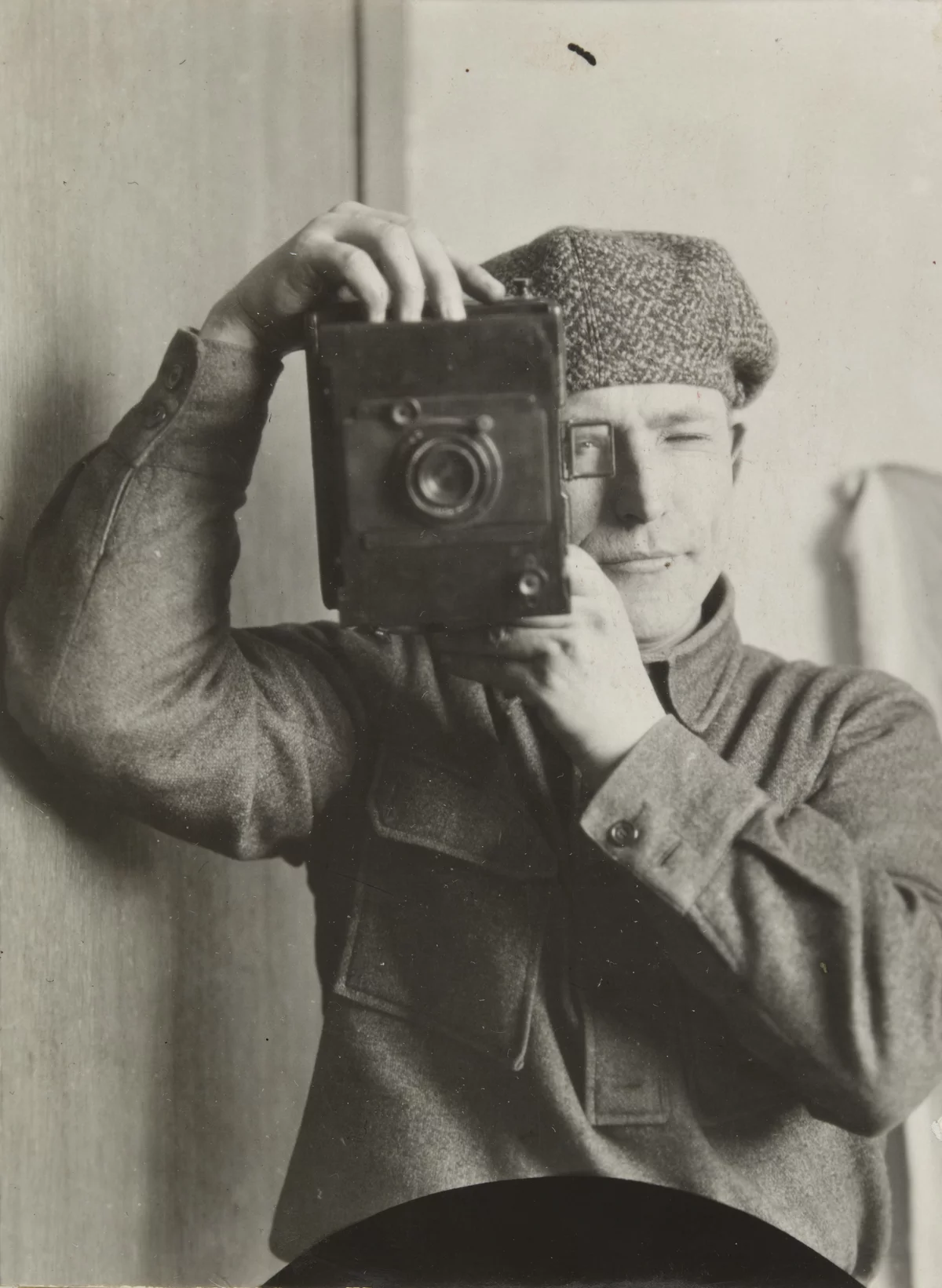
Gustav Gustavovich Klutsis
Gustav Gustavovich Klutsis (Russian: Густав Густавович Клуцис), a pioneering Latvian artist, played a significant role in the Constructivist avant-garde movement of the early 20th century. His work is celebrated for its innovative use of photomontage, which Klutsis developed alongside his wife, Valentina Kulagina. Klutsis's early career flourished with projects like the agitprop kiosks for the fifth anniversary of the Revolution, showcasing his talent for integrating various media such as "radio-orators," film screens, and newsprint displays. His commitment to the Constructivist ethos was evident through his dynamic compositions, which often featured distorted scales and perspectives, making his propaganda pieces for the Soviet regime perpetually modern.
Klutsis's art evolved under the shadow of Stalinist propaganda, with his later works reflecting the regime's increasing control over artistic expression. Despite this, he managed to innovate within the constraints, integrating large portraits of Stalin into his photomontages. However, this shift towards monumental propaganda also marked a departure from Constructivism's principles. Klutsis's dedication to the Soviet state did not shield him from its purges; he was arrested in 1938 and executed shortly thereafter, a tragic end for a loyal supporter of the Bolshevik regime.
His contributions to art and propaganda remain influential, with works housed in prestigious institutions like the Museum of Modern Art (MoMA) and the Latvian National Museum of Art. Klutsis's legacy as a key figure in Soviet art and his tragic fate reflect the complex relationship between artistic innovation and political ideology in the early Soviet Union.
For collectors and experts in art and antiques, Klutsis's work offers a fascinating insight into the power of visual communication and the turbulent history of Soviet art. To stay updated on new product sales and auction events related to Gustav Klutsis, signing up for updates is highly recommended. This subscription will ensure you're informed about the latest opportunities to engage with the enduring legacy of this revolutionary artist.
| Date and place of birt: | 4 january 1895, Rūjiena, Russian Empire |
|---|---|
| Date and place of death: | 26 february 1938, Moscow, USSR |
| Nationality: | Latvia, Russia, USSR, Russian Empire |
| Period of activity: | XX century |
| Specialization: | Designer, Graphic artist, Illustrator, Painter, Photographer, Posterist |
| Genre: | Landscape painting, Portrait |
| Art style: | Modern art, Avant-garde, Constructivism, Suprematism |






